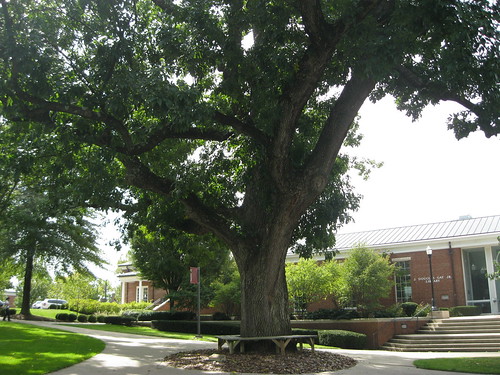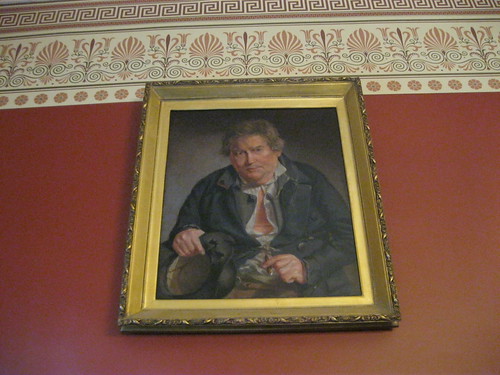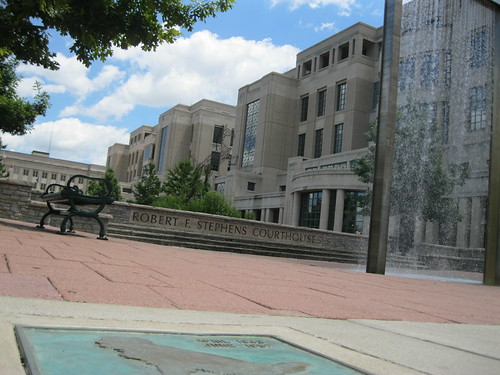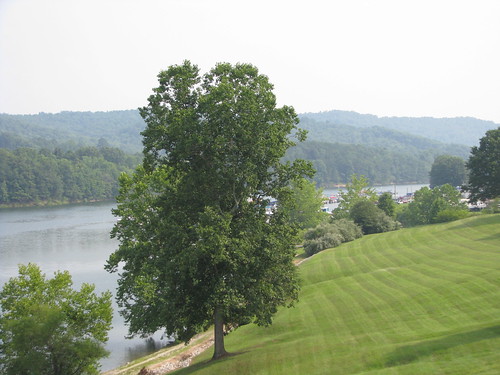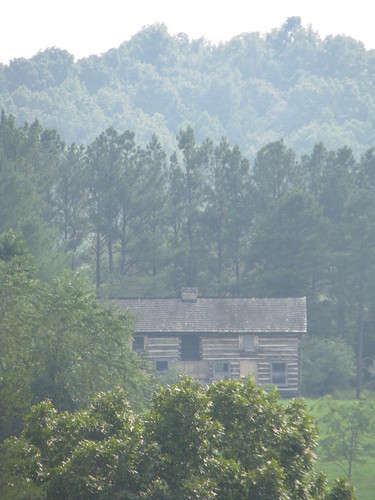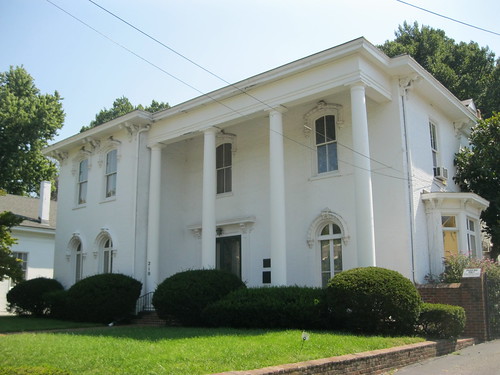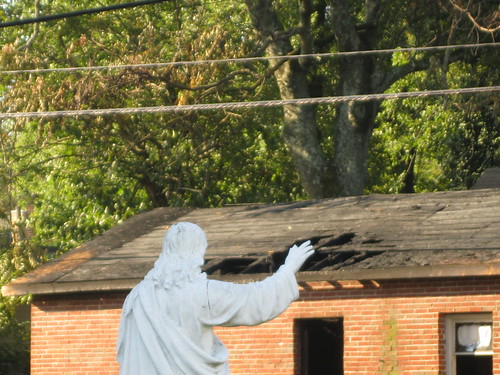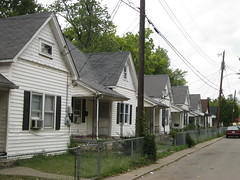 |
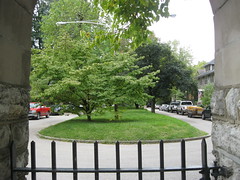 |
|
| Ross Avenue – Lexington, Ky. | Hampton Court – Lexington, Ky. |
Upon my first study of Northside, I learned that the expansive neighborhood is a tale of two cities. Large and opulent homes occupied the high ground while smaller, inexpensive homes filled in the lower elevations between. I wrote:
It has been noted that both the black urban clusters and the predominately white suburbs were both developed off of the major roadways, yet the former occupied the valleys between the more-elevated suburb.
And I noticed this division on a recent walk. Consider Hampton Court and Ross Avenue. These two parallel streets between Third and Fourth Streets appear as a Dickensian Tale of Two Cities.
Hampton Court, a hundred-year-old urban cul-de-sac surrounded by stone walls and arched entries. Built on the site of the old orphan asylum, the beautiful homes and luxury apartments of Hampton Court enjoy a central park-like area in the heart of downtown.
Contrast this with Ross Avenue which was built around the same time as Hampton Court. On its east side are the rear entrances to the Hampton Court homes which today means tall privacy fences and the occasional driveway. On the west are, as pictured, nearly identical one story T-plan houses. When built, this street would have been home to lower-middle-class professionals but today those residents have moved on to suburbia.
In the 1980s, Hampton Court residents, citing an increase in burglaries and vandalism, first padlocked and then welded shut an iron gate (pictured) that opened their court to pedestrians from Fourth Street. These two streets grew further apart.
But despite their differences, these two streets and their residents have lived and continue to live in facultative symbiosis. These two streets operate as a lesson and reminder of urban planning. A lesson which slaps an even more segregated suburbia in the face. A lesson that shows design excellence by providing affordable housing in a the urban setting with quality of construction. Quality exists on both Hampton and Court; if it did not these homes would not have survived one hundred years.







more photos of Northside on flickr








